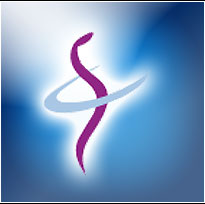| |
The time spent on brushing your teeth doesn't necessarily mean it is effective. The technique in this case is the most important factor. The best way not to forget to brush an area of your mouth is to always follow a methodic order. It must ideally be accomplished after every meal taken.
- it should be done 2-3 times per day;
- The brushing must be done with the mouth half open;
- If it is a manual brush, always brush from the red (gums) to the white (teeth).
- The tongue mustn't be forgotten, as it serves an important role with oral hygiene (bacteria from dental plaque are also found on the tongue).
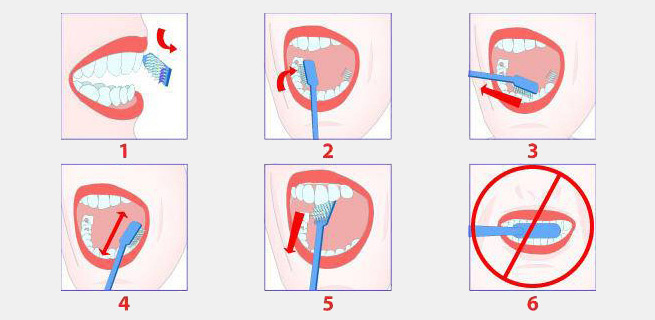
Both jaws must be treated separately. The brushing must begin from the last tooth of one side and end at the opposite side. For efficiency reasons (in order to attain a brushing automatism), the brushing must always be done the same way:
-
Upper jaw, occlusal face brushing (masticating side): The brush must be set on the last right molars, progressing towards the last left molars by making a back to front movement (repeat it three to four times every two teeth). Upper jaw, lateral face brushing (cheek side): The brush must be laid on the gum with a 45-degree angle in order not to damage it.
|
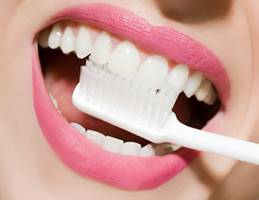 |
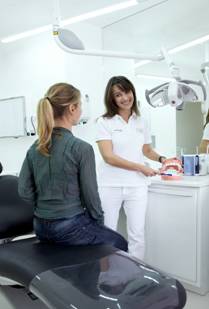 |
-
Then create a rolling action from the back to the top of the teeth with your wrist and repeat it three or four times. It is very important to always start from the gum (red) to the tooth (white) to chase any dental plaque depot from the neck of the tooth and between the teeth (the opposite movement would bring it back).
This gesture must be performed from one side to another. At last, repeat the same rolling action from the palate to the tooth, from one side to another. The palatine or lingual face cleaning of the incisors must be done tooth by tooth, holding the brush in a vertical position (indeed, the arch's curve enables an efficient gesture with the brush horizontally held).
|
|
-
Repeat the same operation for the lower jaw
Dental plaque check-up
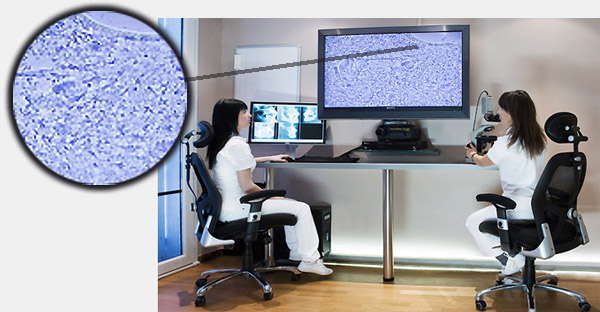
The equipment
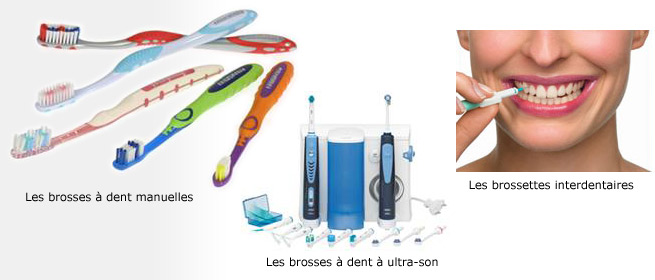
The toothpastes
Favor gels to abrasive toothpastes. To identify an abrasive toothpaste, put some in between your molars. If you can feel small grains, it is no good!
|
|
| |
To-do yourself: "Mons paste" (hydrogen peroxide + sodium bicarbonate).
Hydrogen peroxide: it is an antiseptic and helps with the white blood cells'
activity.
Sodium bicarbonate: it is non-abrasive and regulates the oral pH.
The mixture must be coated all over the mouth with an interdental cleaner and rinsed out with a non-alcoholic mouthwash.
This treatment needs to be done mid-day and night, one week a month.
Natacha will suggest to you a technique and the specific equipment for your mouth. |
The dental plaque disclosing tablets
The dental disclosing tablet is a colored solution applied on the teeth.
The colour appears deeper on dental plaque invaded areas. It is a great way to verify your teeth brushing efficiency as it shows you the neglected or forgotten areas of your brushing. |
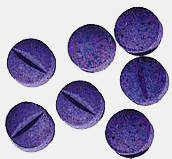 |
The mouth washes (chlorhéxidine):
Mouthwashes are numerous: they can be anti-inflammatory, fight bad breath, or even fluorinated. Most of them are formulated with an antiseptic base and other different components following its medical indication.
A mouthwash is recommended for a good oral hygiene (but not everyday as it could disturb the oral flora) but also to alleviate an aphtous ulcer, inflamed or irritated gums or prevent/fight an infection (abscess for example).
It can be used as a mouth rinse or gargling, concentrated or diluted with cold or warm water.
Mouthwashes assist in cleaning areas of the mouth that are inaccessible with a toothbrush.
A mouthwash has to be well picked for it to serves a real purpose
Antiseptic mouthwashes are the most common. They reduce the oral bacteria population and thus limit infection difficulties or gingivitis's. The fundamental oral antiseptic is chlorhexidine, but hexetidine, cetylpyridinium chloride, triclosan, povidone-ionide or eugenol serves the same purpose.
Anti-inflammatory mouthwashes are mostly indicated with gum bleedings or irritiations due to wearing a prosthesis or an orthodontic system. They consist of a decongesting solution (glycyrrhetinic acid kind). This type of mouthwash can be used as a brushing complement.

|
|
